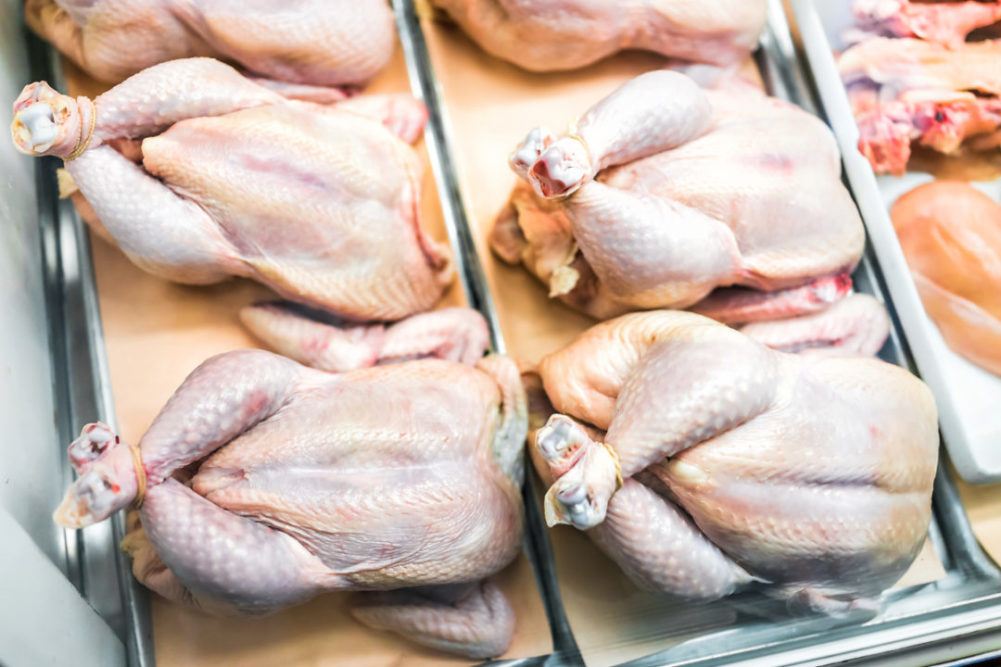TRECHT, THE NETHERLANDS – Improving economic conditions driven by increasing vaccination levels and reopening economies will deliver strong prices for poultry – and volatility due to supply challenges, Rabobank said in its Poultry Quarterly Q1 2022 report.
Global demand for poultry will be strong. Rabobank expects global growth to reach 2% as general economic conditions improve throughout the world. However, supplies of poultry are expected to remain tight in 2022 on high input prices, and labor and logistics challenges, the report said.
“In 2022, it is highly unlikely that food prices will go back to their five-year averages, as commodity prices are now supported by inflation in the general economy, low global stock levels, and labor shortages in many countries,” said Nan-Dirk Mulder, senior analyst – Animal Protein at Rabobank. “These high input prices will push producers to focus on yields, procurement, and efficiency in the value chain to reduce feed and labor use.”
Rabobank expects feed prices in particular to stay high and volatile, with a 5% increase in feed commodity costs in the first half of 2022. Prices for corn and soybeans are expected to peak in the third quarter, Rabobank said.
Rabobank’s outlook for the US poultry industry is strong profitability with a 2.4% increase in production while supplies of other proteins tightens. US producers will maintain a solid position in export markets; however, Rabobank expects lower trade with China. Demand at retail and foodservice will remain strong.
China will continue to grapple with ongoing oversupply of poultry and producers face pressure to reduce supplies, according to Rabobank. COVID-19 has hit poultry demand strongly in China, and the industry is performing below breakeven.
In Brazil, producers can expect stronger export demand as domestic markets for poultry weaken and supplies of beef climb higher. Rabobank sees bullish global markets to support Brazilian poultry exports, along with a good crop harvest to keep feed prices in check.
Stronger prices and tight supplies of poultry is the outlook for Europe, according to Rabobank. EU member countries should see strong demand for poultry. However, Rabobank expects supply growth to remain restricted in the European Union and the United Kingdom. Headwinds include avian influenza outbreaks in the EU and UK, labor challenges and high costs.
Managing volatility will challenge the industry, even as poultry producers reap the benefits of stronger prices, according to the report. Rabobank expects to see “ups and downs” of COVID and global responses to new variants and outbreaks. Markets for processed chicken will face the stiffest headwinds due to supply chain challenges, especially in Thailand where a lack of labor has slowed production.
“A big challenge for producers in 2022 will be managing volatility in demand in a context of supply chain challenges,” Mulder said. “There is some downward pressure on wet markets. Some cities, for example in China and some Southeast Asian countries, have permanently closed wet markets in urban areas. This will mean an ongoing shift from an informal to a more formal chain and more processed meat demand. At the same time, we see fast growth in online food distribution and home delivery in many markets.”

